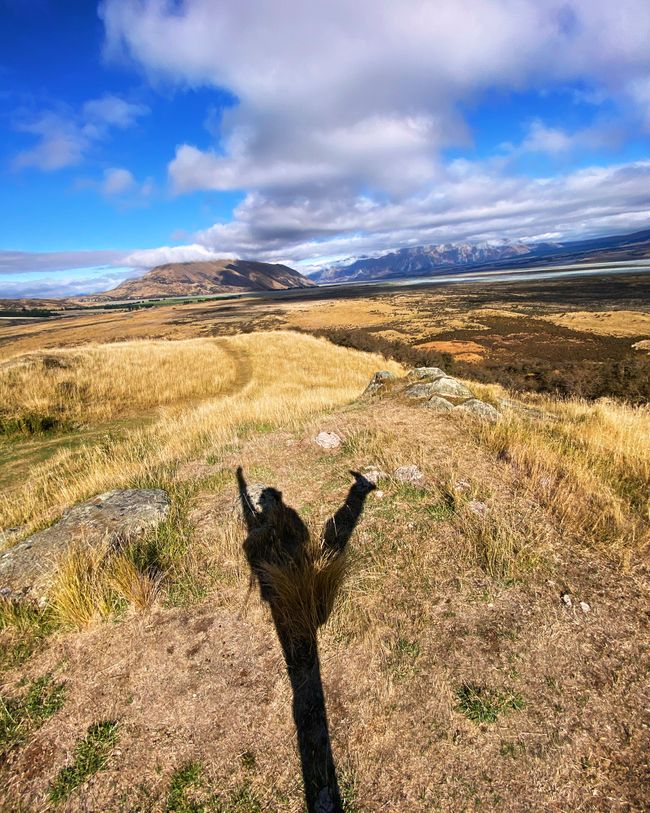Riuwaka Resurgence & Te Waikoropupu Springs & East Cave
Publicado: 14.06.2024
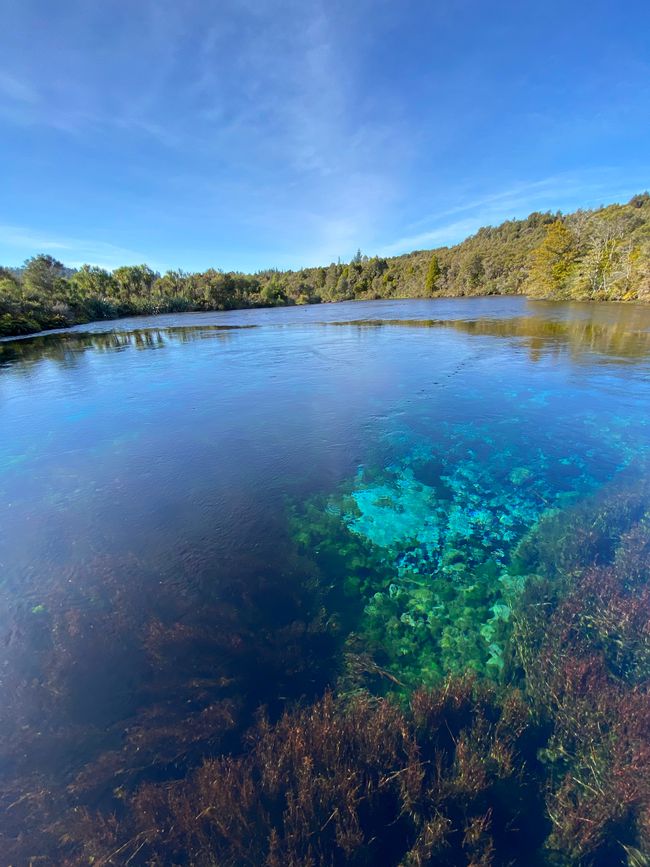
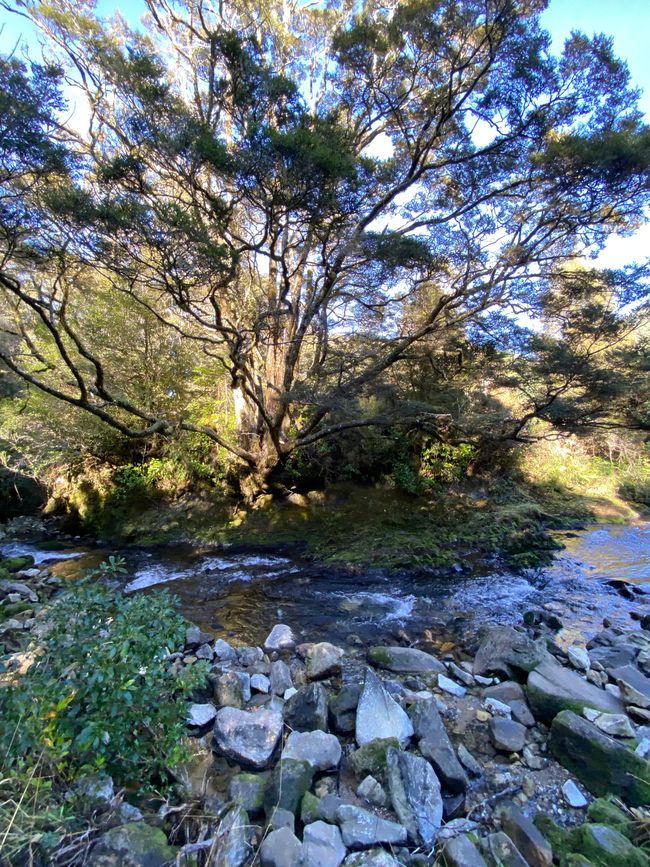
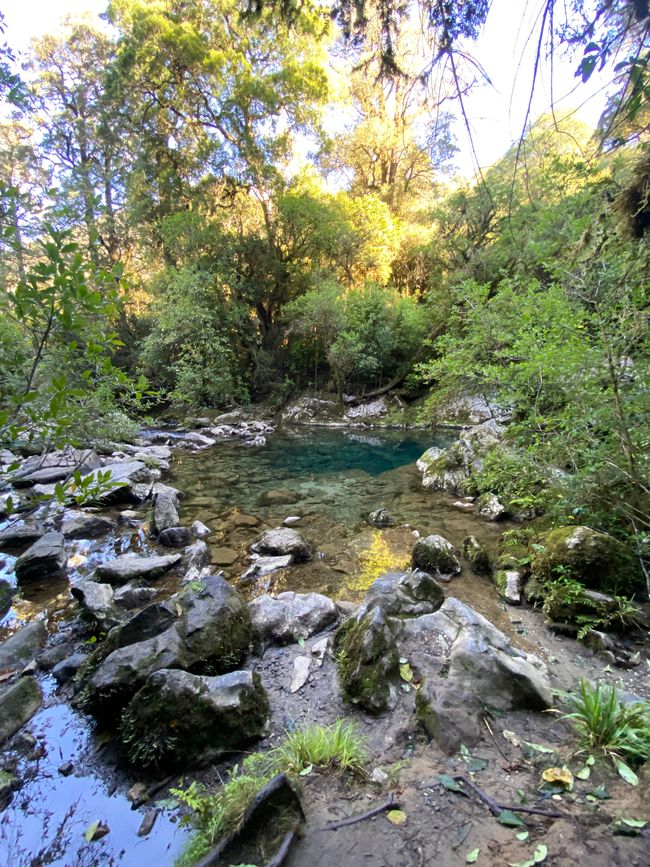
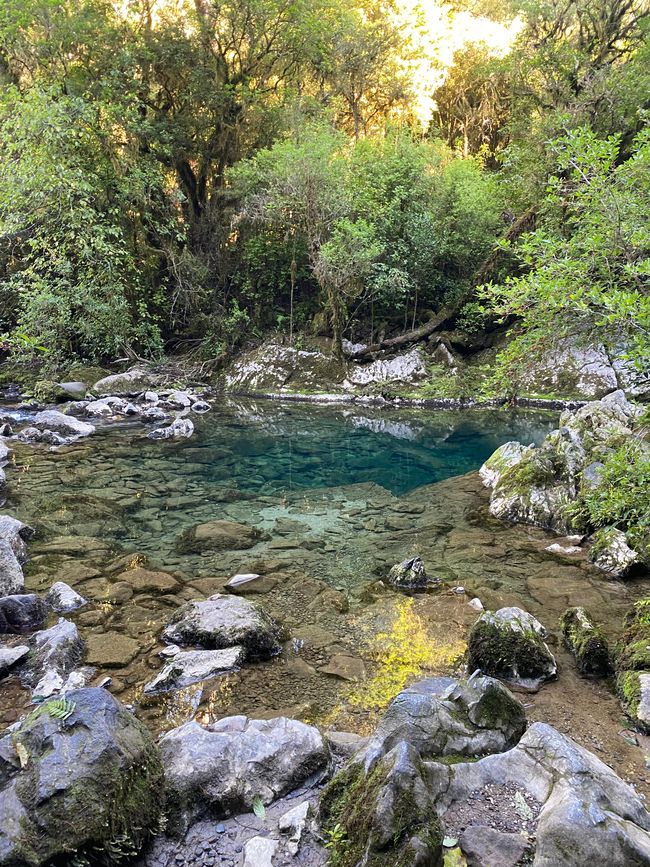
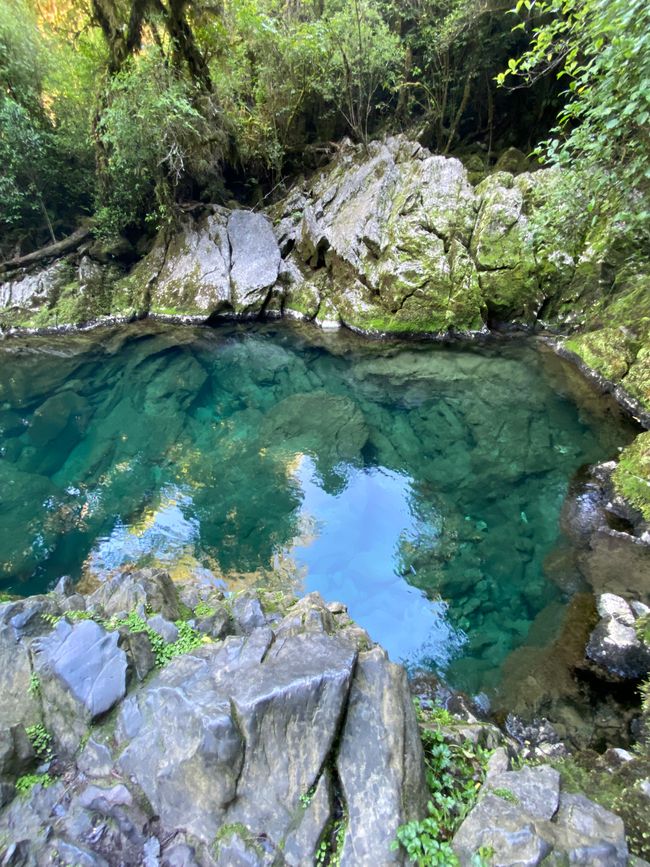

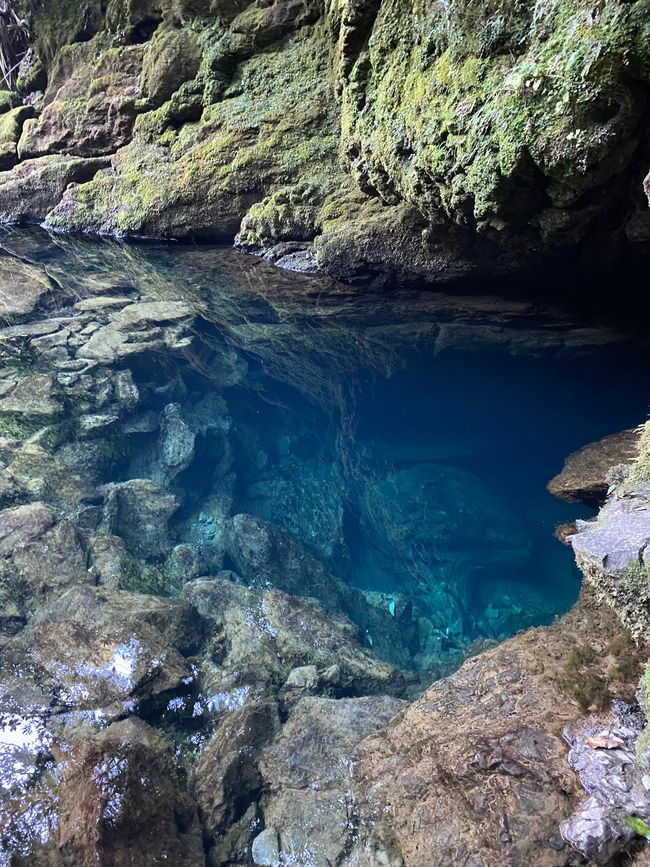

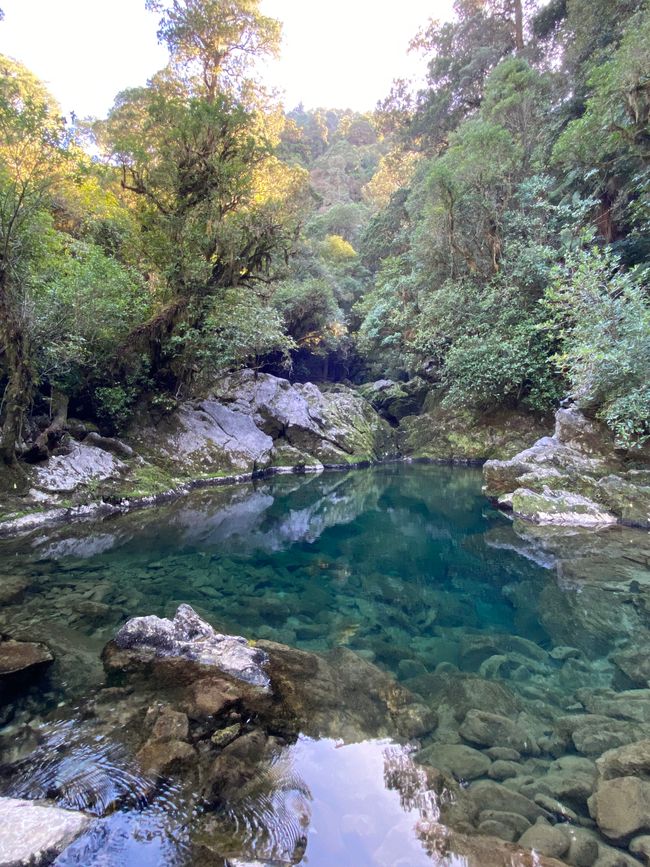
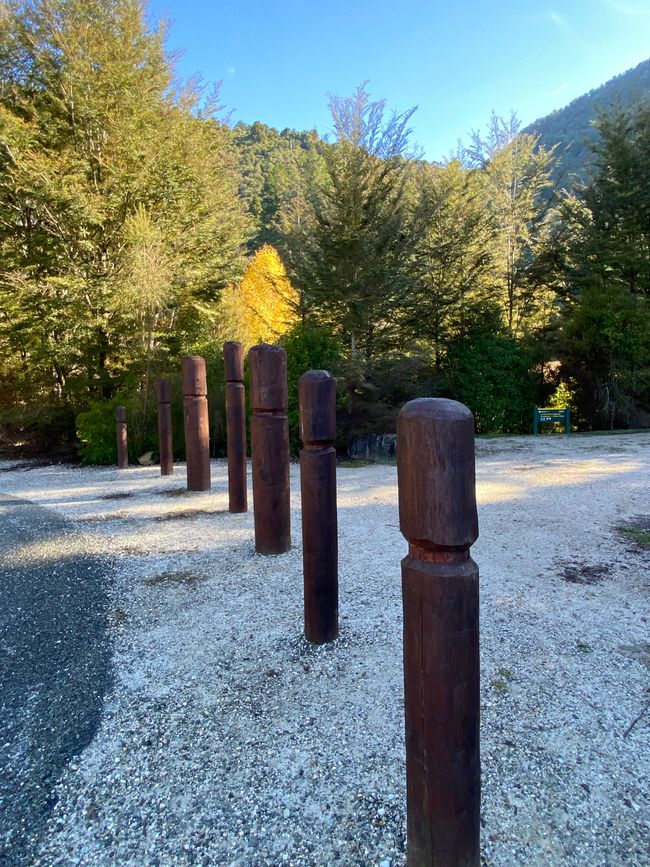
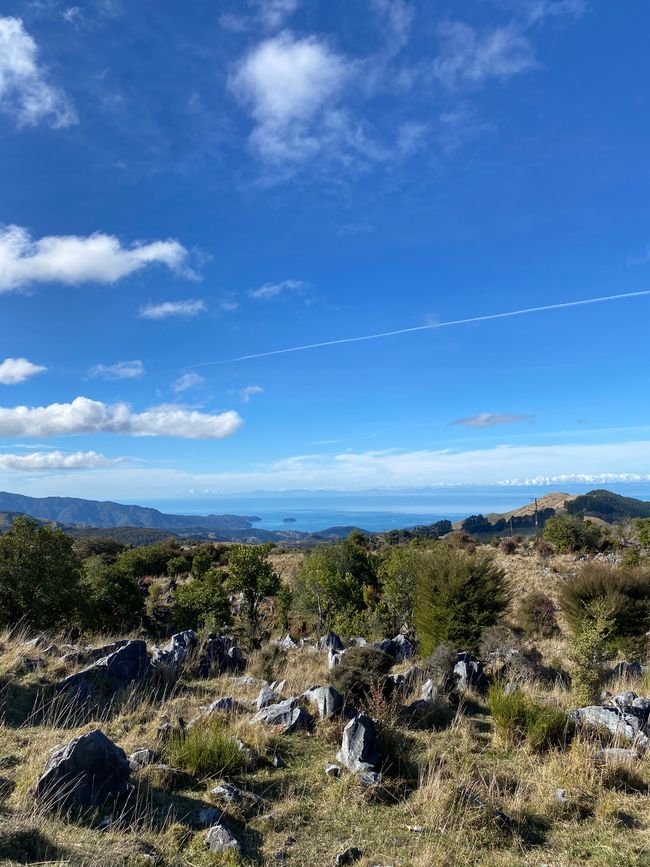
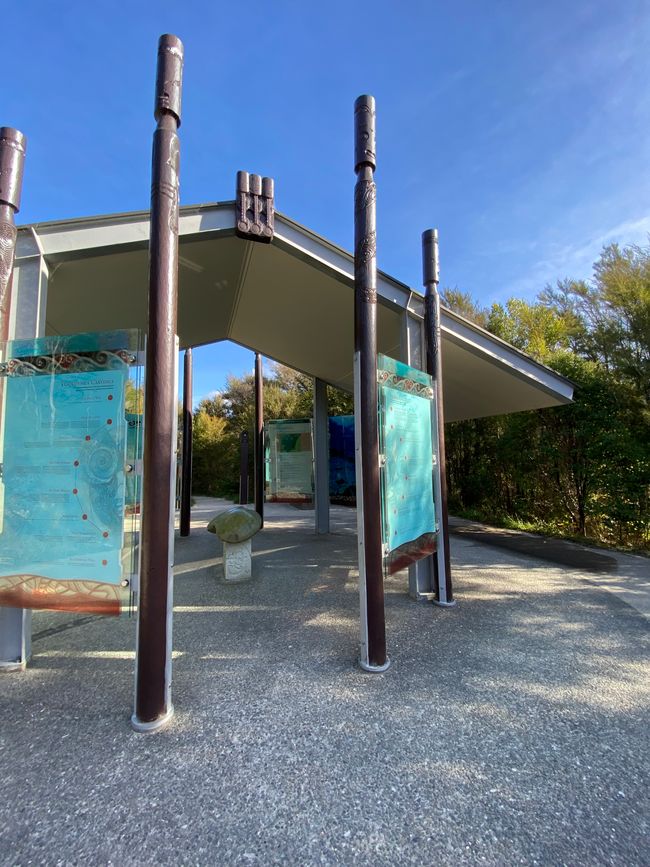
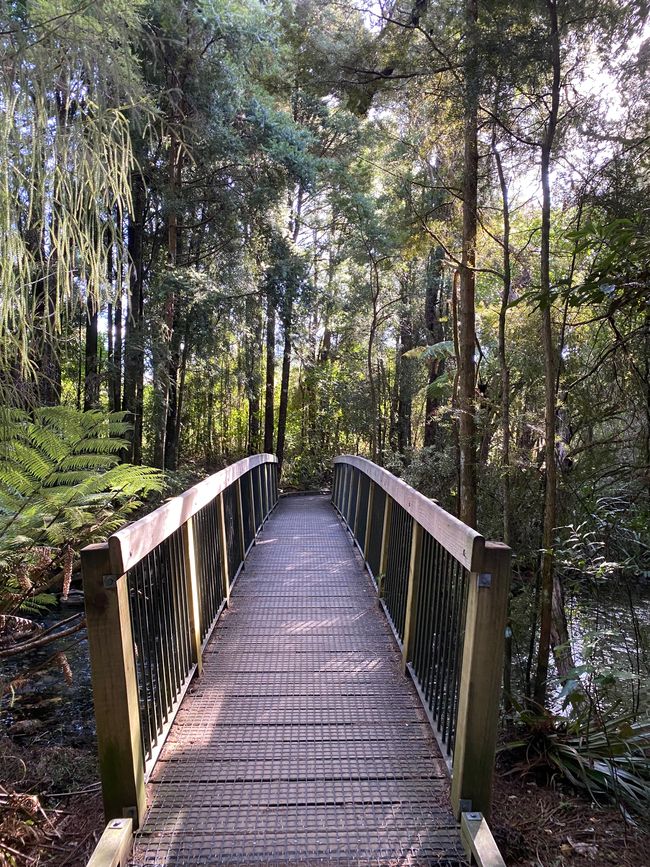
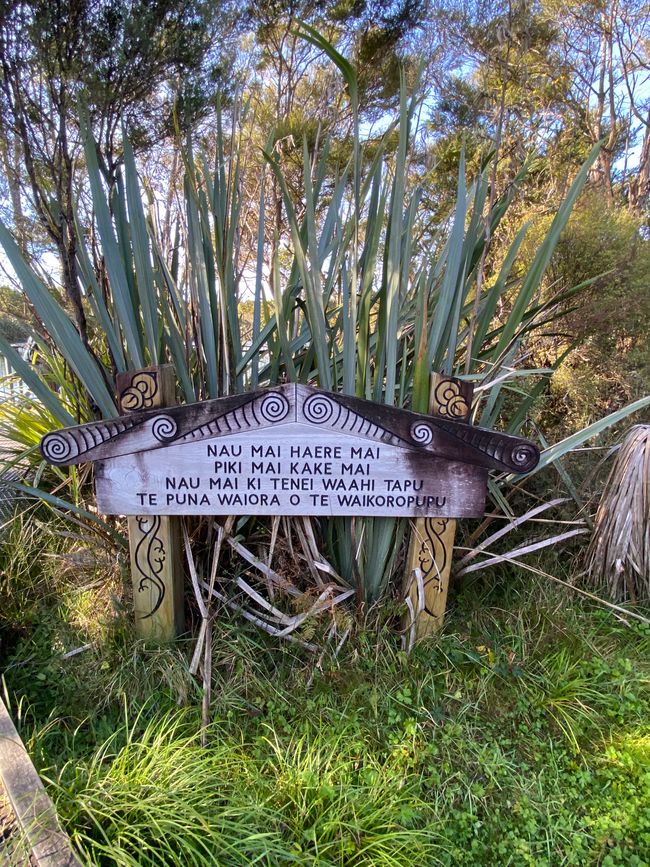
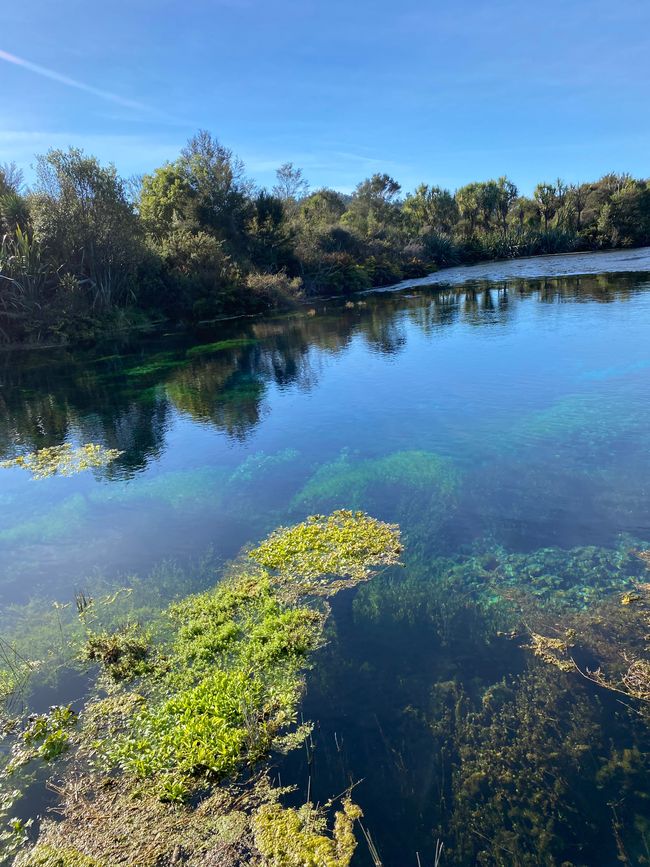
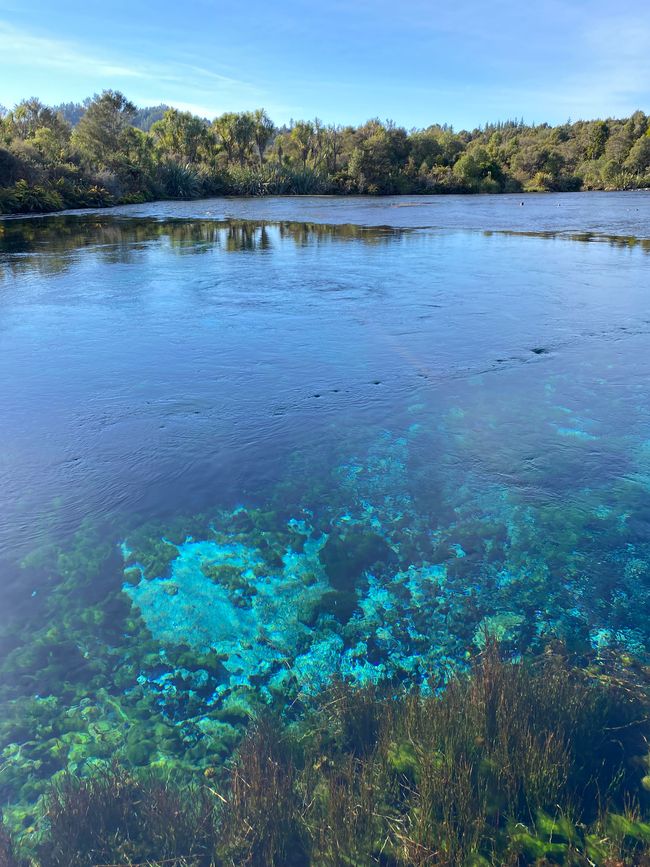

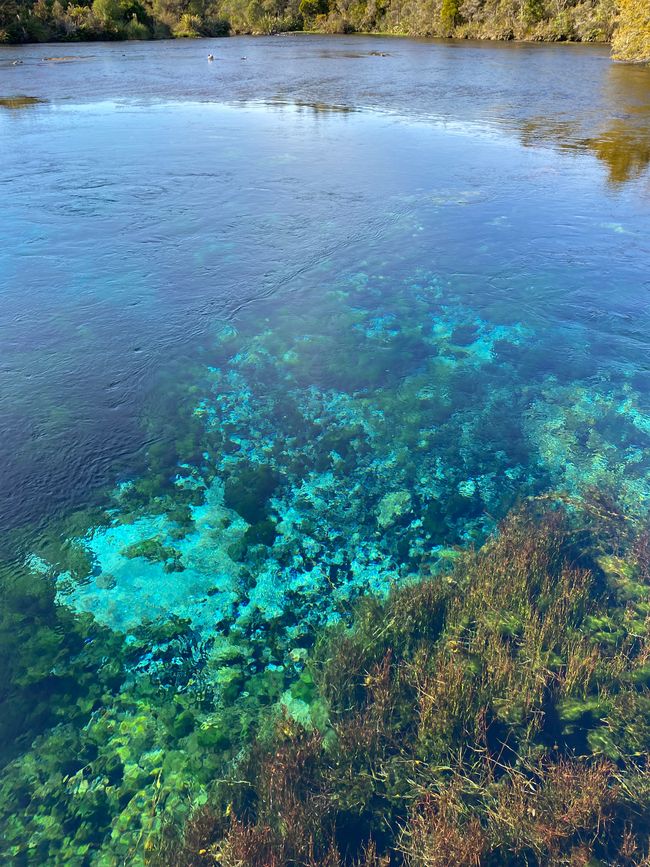
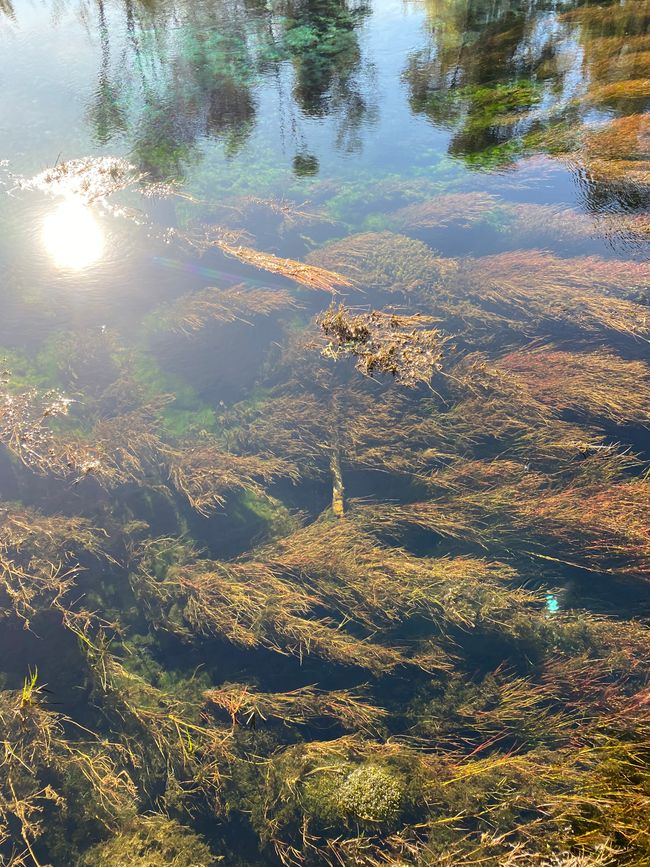


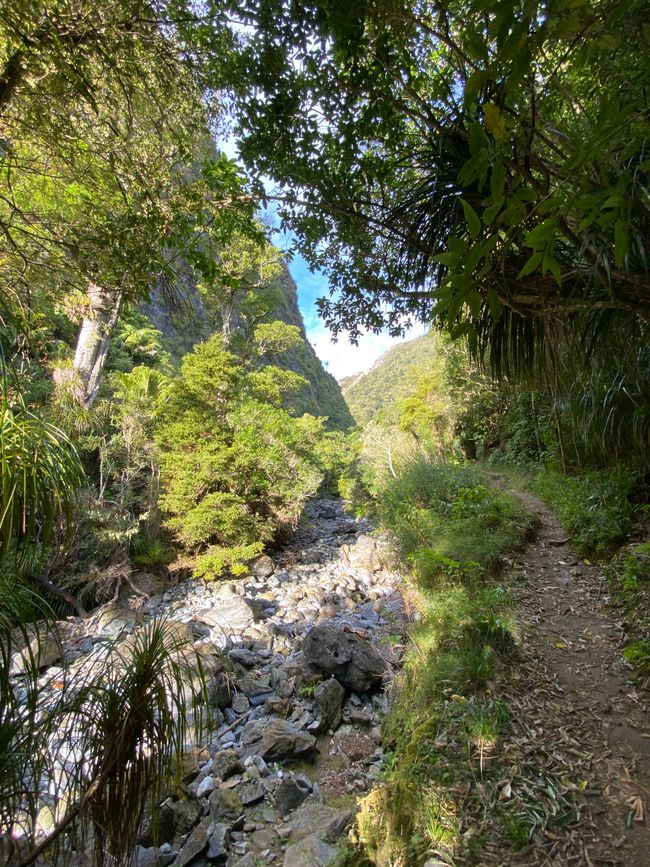
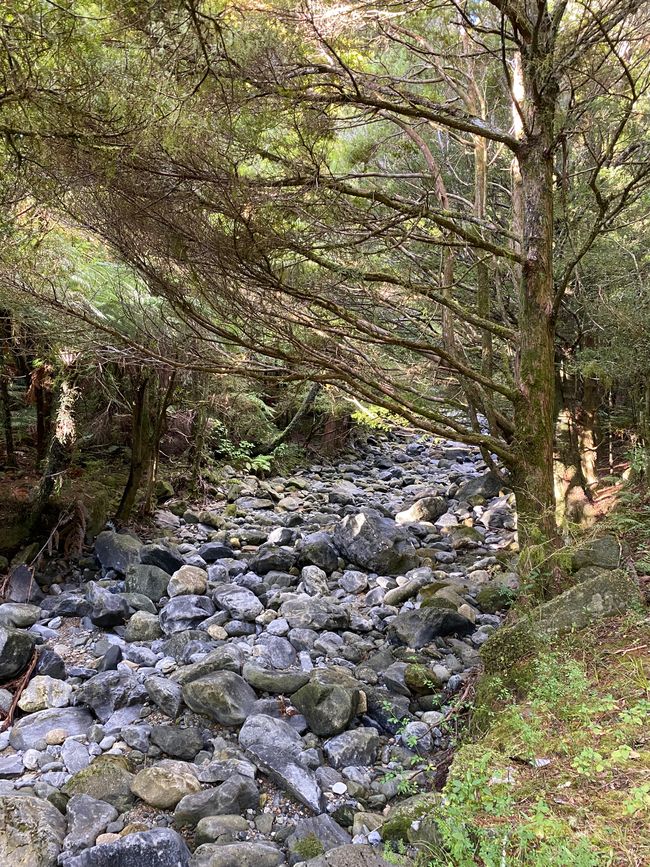
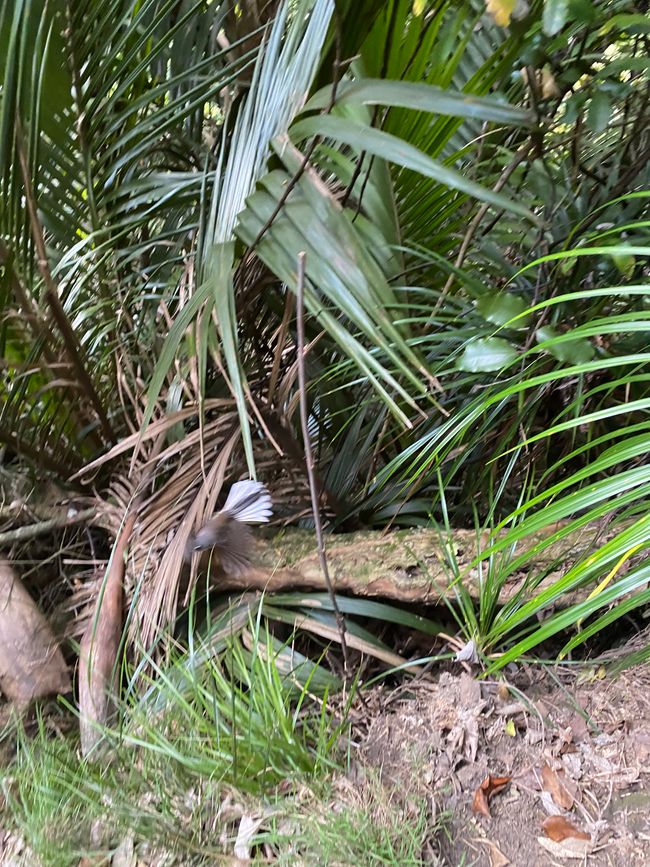
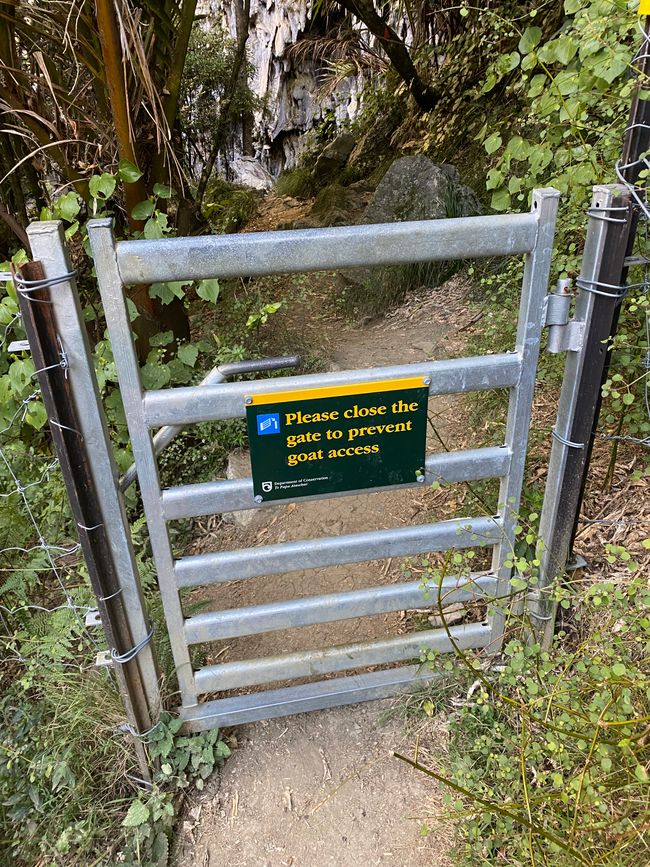
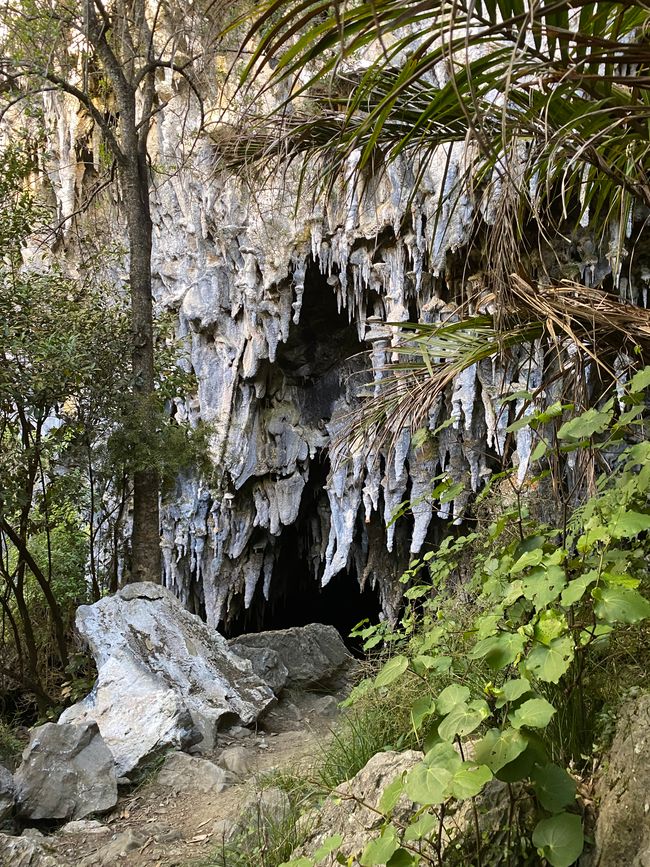
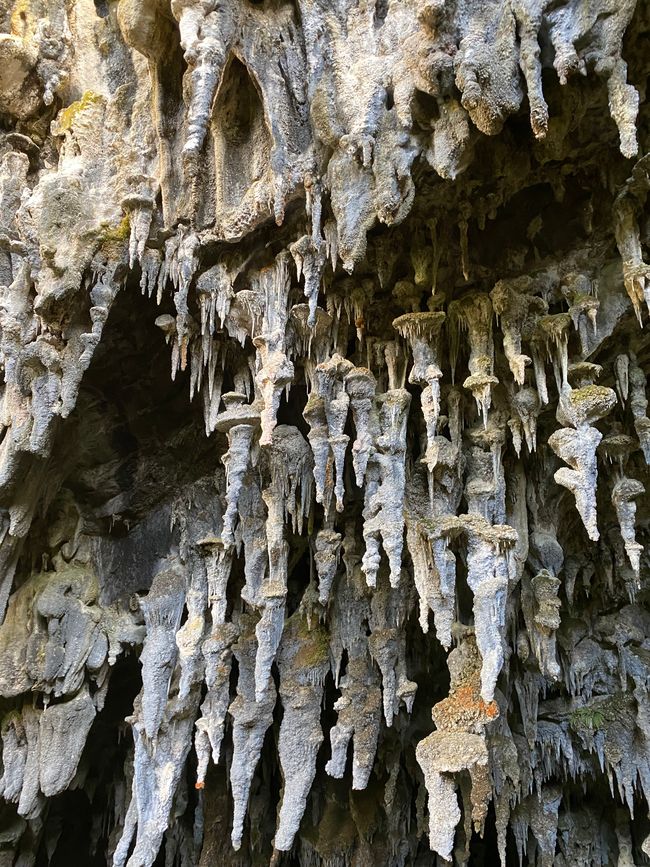
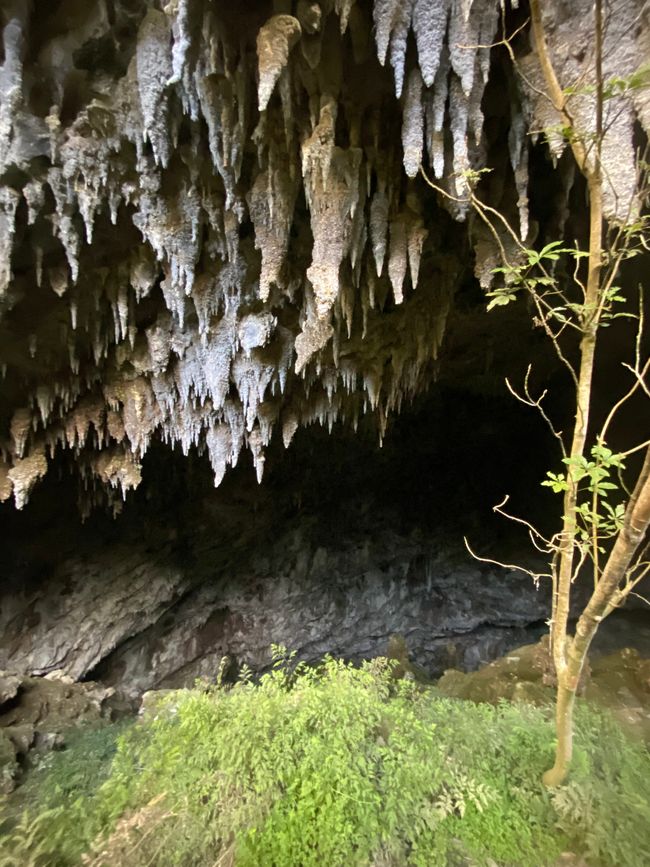

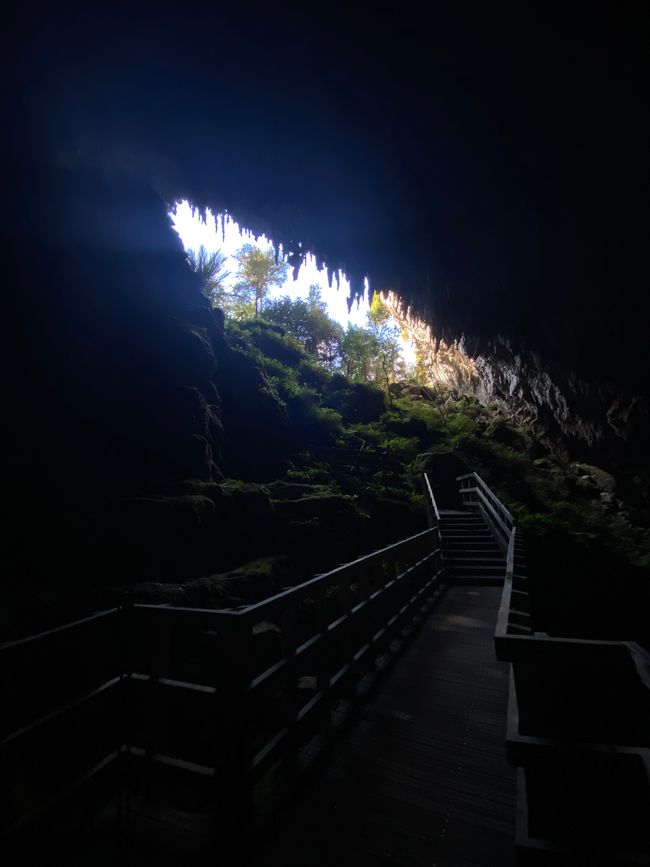
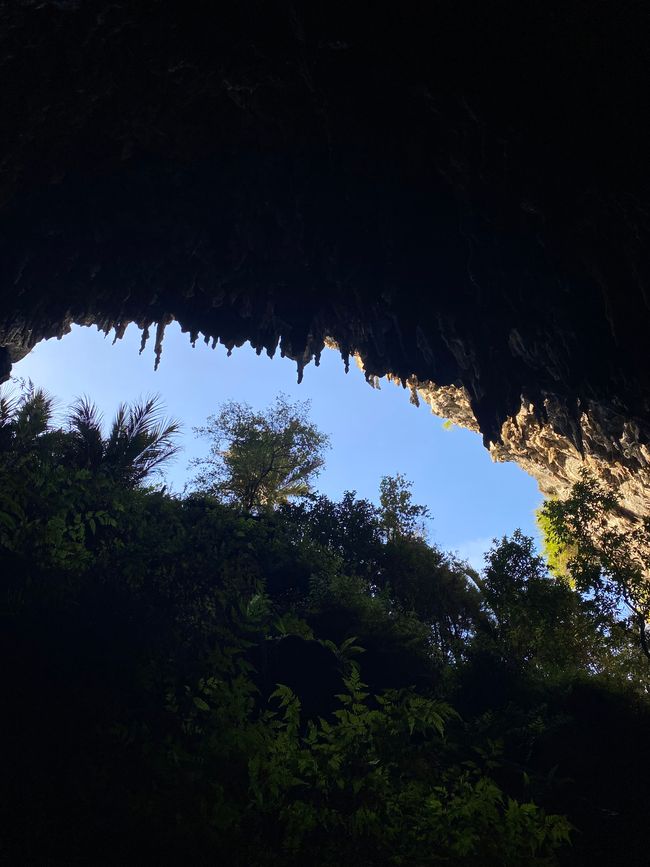
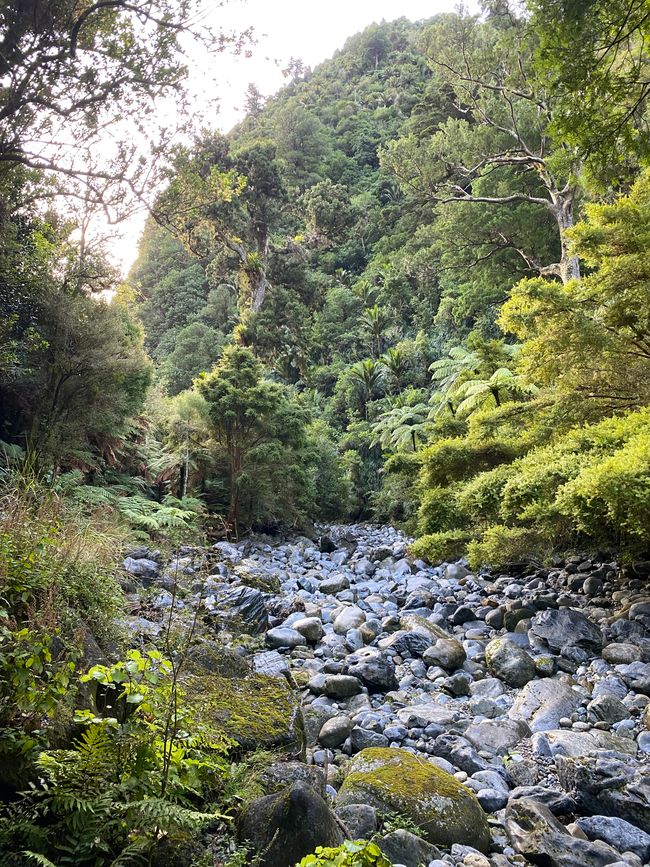
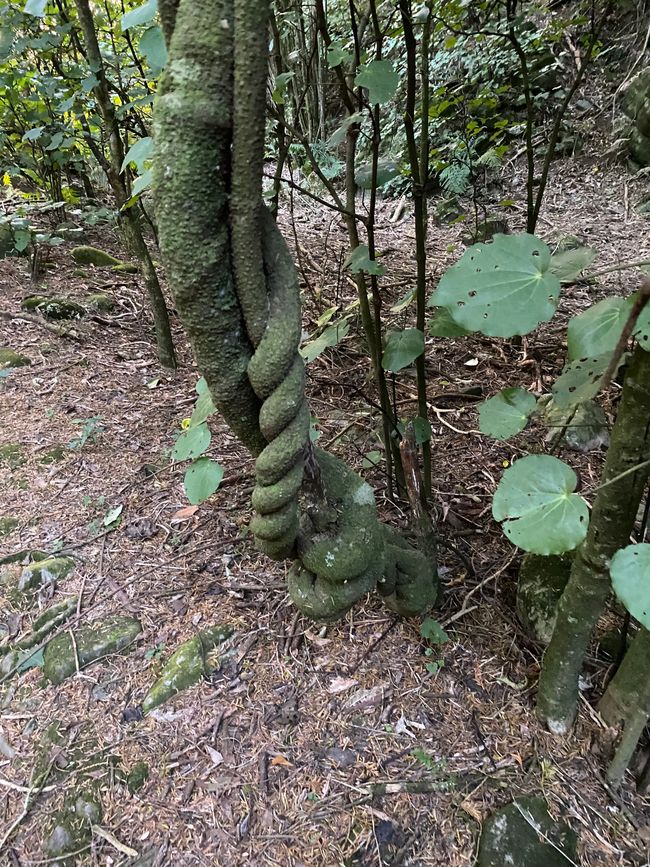
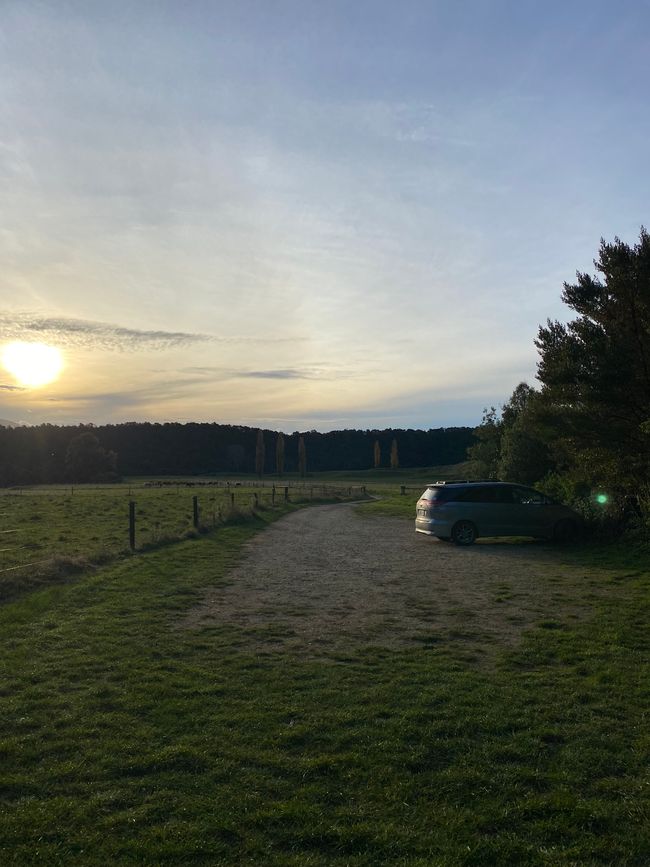
3
3 stops
3 difficult names and
3 incredibly special natural spectacles in Golden Bay.
This post is definitely already going to be one of my favorites, because the places I'm taking you to have something magical about them and show once again that Mother Nature is the best artist. I've always been a bit of a water rat. Sometimes more, sometimes less successful, when I think of the stories in which I accidentally swam in contaminated water or jumped back into the water in my childhood without the necessary swimming skills and without water wings. Water has always fascinated me and the feeling of diving and discovering a new world has never left me. So it's no wonder that I've also included diving with equipment in my hobbies. 2 of the stops today have to do with water and even though I didn't swim or dive in either body of water, the view alone was an absolute highlight on the South Island.
The first stop was Te Puna o Riuwaka or Riwaka Resurgence. A short walk through the bush and always along the small stream that collects in two small pools, of which the uppermost pool is also a cave or spring from which the water comes. The water that springs from the depths of the Takaka Hill is said to have healing powers and the area is considered wāhi tapu (sacred) by the local Māori. The magic that I felt at this place was something special and I felt my inner peace as I walked in this unique place and hopped over the stones.








For one thing, I didn't have any swimming gear with me (even though it was easy to get one within 30 minutes) and for another, I didn't know if it would have been some kind of insult to the locals if I went into the water here, so I decided not to and just settled for walking and putting my hands in the healing water.


After this first stop, we continued on to the next spring: Te Waikoropupu Springs, with a short pause for the view. On the way, I also stopped at the local information point and got some inspiration for the next few days. To be honest, the nice lady couldn't show me anything new that I hadn't already researched.





The Te Waikoropupu springs are a spectacle for the eyes. The clarity of the water is almost absurd and, according to underwater measurements, is around 60 metres! For comparison: when visibility is good and the water is clear, divers in the sea can reach around 25 metres and in Lake Uri I would estimate the visibility to be at a similar level to that in good sea conditions. Simply unbelievable! In the past, divers were able to dive in these waters but after the rush became too great, this was banned and only people with a special license and for research purposes are allowed to enjoy the view underwater. It's a shame but also understandable to protect this patch of water.

According to the information board at the start of the circular walk: The springs of Te Waikoropupu are a taonga (treasure) and wāhi tapu (sacred place) to Māori both locally and nationally. The legends of Te Waikoropupu are told in the stories of Huriawa, its taniwha (guardian spirit). In Māori tradition, the springs are waiora, the purest form of water, which is wairua (spiritual) and the physical source of life. The springs provide water for healing and have historically been a site of ceremonial blessings at times of birth and death and the departure and return of travellers.

WOOOOOOOOOOOOW!
After the first two stops, I checked in at the campsite at Pohara Beach. Here I quickly checked the situation and my time window for the last stop. I still had enough sunlight and made another stop at another natural spectacle: Rawhiti Cave.
The timing was important as it is about a 1 hour walk through the jungle to reach the cave. It is on private property but the owners allow tourists to visit this place. Funnily enough, this is the case with some attractions and I think it's great that this is made possible. Many of these activities either have a trust fund at the start or they accept donations.





The track made me feel like I was Indiana Britta in the middle of a new adventure and on my way through the deserted jungle. The path initially ran along the riverbed and then branched off for about 200 meters and led me through dense bushes and lush greenery to the cave. Due to the nature of the ground, I would definitely not want to walk the path in the rain or in wet conditions in general, because even when dry it was pretty slippery and muddy.





After about 50 minutes of walking, I made it to the cave entrance, which is about 20 by 40 meters in size and in which the stalactites of the limestone cave are clearly visible. The special feature of this cave is the natural phenomenon called phytokarst. This means that moss and grasses settle on the sunny side of the stalactites, in which calcium carbonate is then deposited and the stalactites "grow" towards the sun and it looks as if they are crookedly turning towards the sun.
The cave is one of the few in New Zealand that can be visited for free. At the beginning of the 19th century, the cave was developed by landowners and tours were organized for tourists. However, the cave was sold from private ownership to Heritage New Zealand in 2000 and there have been no guided tours since then. I really enjoyed this, as I prefer to discover such great places on my own anyway.




When I arrived at the starting point, I was once again alone at the end of the world and the sun was slowly setting.

After this beautiful and special day, I fell into bed exhausted and saved this day as one of the best in New Zealand so far! This country simply has so many surprises!
I hope I was able to give you some knowledge about these great places in this post and that you enjoy the pictures.
The next day I planned a tour to the northernmost part of the South Island and visited one of the locations featured in the Windows screensavers.
Look forward to more pictures in the next post.
Your Britta
Resposta

Informes de viaxes Nova Zelandia

